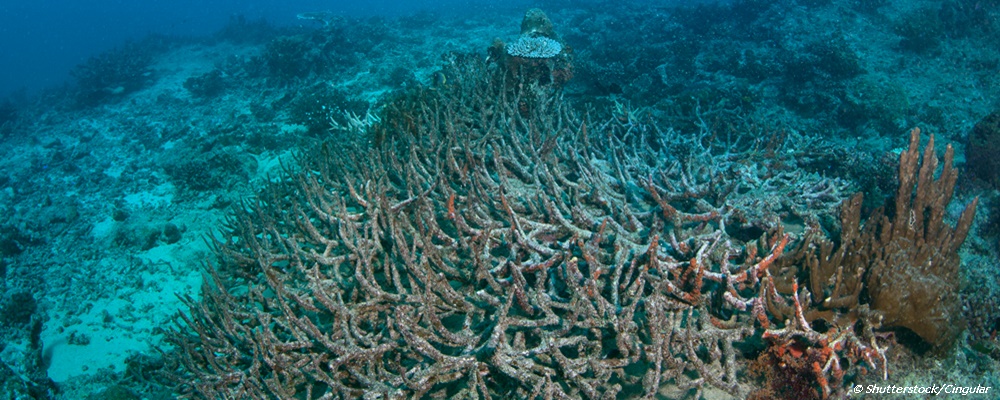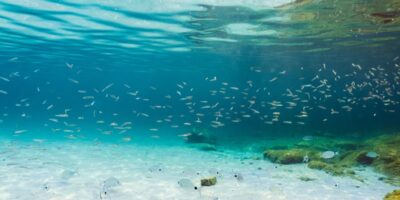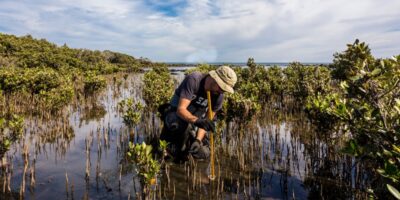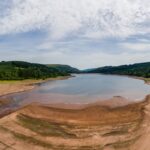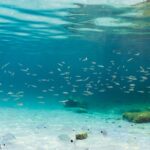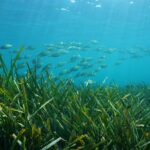What is ocean acidification?
Ocean acidification is an effect of atmospheric carbon dioxide entering the ocean, lowering the water’s pH and increasing its acidity levels. High levels of carbon dioxide in the atmosphere is largely an effect of human activities, such as deforestation for agriculture or fuel, but it is mainly caused by the burning of fossil fuels – coal, oil and gas – to produce large amounts of concentrated energy at a relatively low cost.
According to United States Environmental Protection Agency, the amount of carbon dioxide in the atmosphere has been increasing slowly before the Industrial Revolution. However, at present, the carbon dioxide level in the atmosphere is higher than any time in the past 800,000 years. With carbon dioxide making its way into our oceans, the acidity level today is about 25% higher than it was during preindustrial times. What does this mean for us, our oceans and marine life?
The impact of ocean acidification could be enormous
Because of the diversity of ocean life, increased acidity can affect plant and marine species in different ways. Rising acidity can hinder the formation of shells and skeletons for clams, oysters, corals and other calcifying planktons, and cause the shells of existing organisms to dissolve. Scientists expect ocean acidification to affect entire ecosystems, the food chain and invariably, humans and economic activities such as tourism, fisheries and aquaculture. It is of no surprise then, that ocean acidification – and ocean sustainability – is high on the agenda of the United Nations.
Using modelling to reduce the impact of ocean acidification
It is not possible to eliminate all the activities that cause carbon dioxide emission, but there are ways, for instance through modelling, to mitigate their impact. One example is through the modelling of pH and aragonite saturation. Aragonite is a carbonate mineral formed by biological and physical processes. A naturally occurring form of calcium carbonate in the waters, it is used in the formation of shells and skeletons by marine organisms. Aragonite shells are vulnerable to ocean acidification, as the saturation state of aragonite is reduced by a decline in the pH of marine waters. If aragonite is undersaturated, organisms may find it difficult to build shells, and this would have a direct impact to their survival and result in cascading effects to the food web and fishery-dependent economies.
A publication by The Washington State Department of Ecology highlighted that significant instances of production failures at oyster hatcheries in Washington State were attributed to exposure to waters with reduced pH and low aragonite saturation. Where does modelling come in? Modelling could help us identify the extent of impact that regional human activities have on the ocean’s pH levels. The results could be used in the prioritisation of management actions, such as by limiting the number of activities in the surrounding areas for better control of carbon dioxide emissions.
Another modelling study investigated the relationship between ocean acidification and the reproduction of the green-lipped mussel, an economically important aquaculture species native to New Zealand. The study predicted how ocean acidification may result in a decline in flesh weight of the mussel, an impact to shell growth and a reduction in reproductive output, relative to ambient conditions. Undoubtedly, these changes would bring about both ecological and economic consequences. Thanks to modelling, stakeholders and policy makers will be able to consider implementing intervention measures to prevent or mitigate undesirable effects ahead of time.
The US National Center for Coastal Ocean Science modelled ocean acidification in coastal and near-shore waters and examined how carbon dioxide – both from the atmosphere and from the breakdown of organic matter – affects the water’s pH level. The modelling results revealed that seawater salinity and temperature highly affected the extent of acidification in the waters. Such a model could be converted to a forecasting tool that would enable coastal managers to predict outcomes in their regions.
Curious about the ways to ensure environmentally sustainable projects in water environments?
Modelling enables us to understand the interactions of multiple environmental variables, and accurate and validated models are powerful tools to help us look into the future. Contact us to learn how modelling technology can provide valuable insight to protect life below water.
